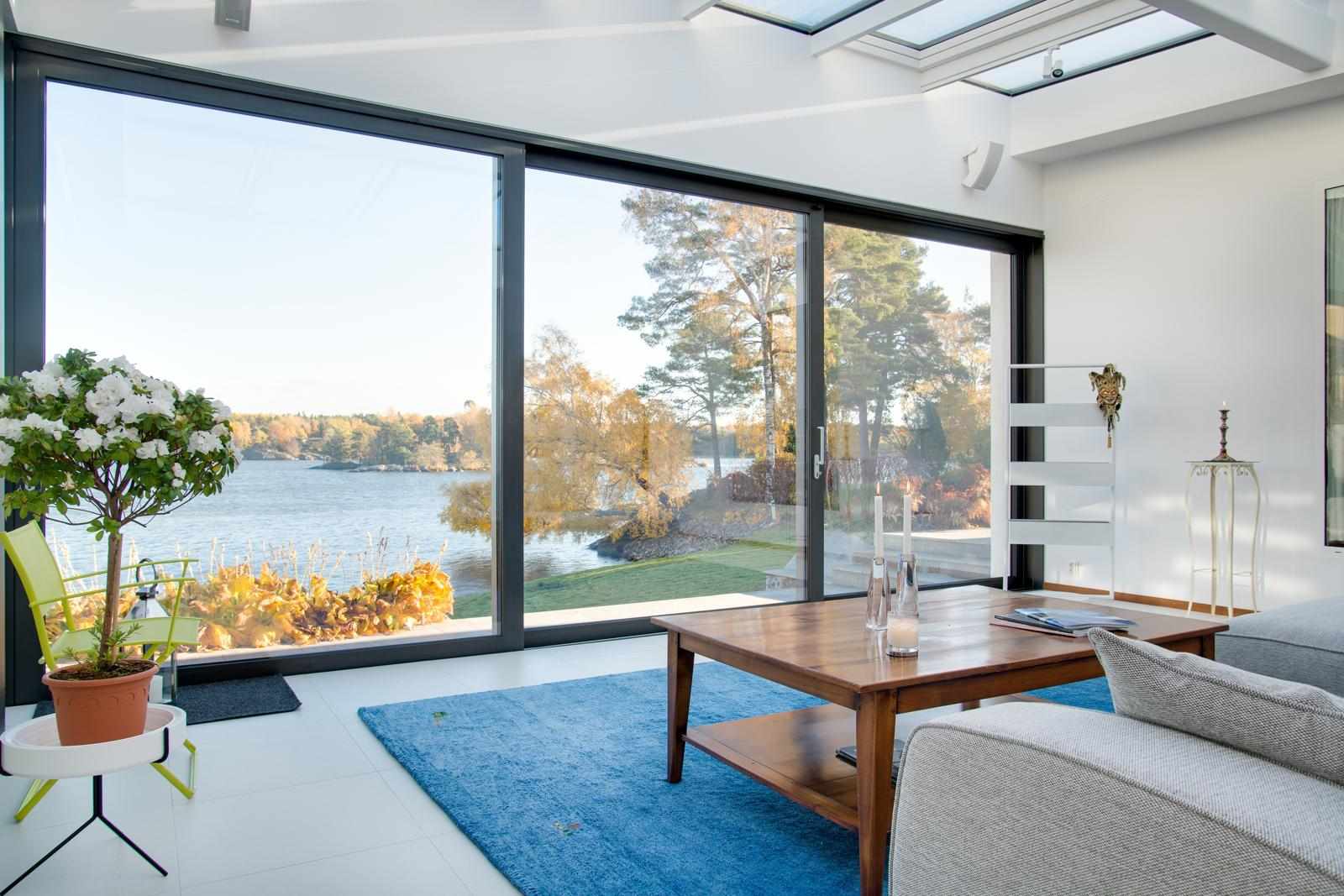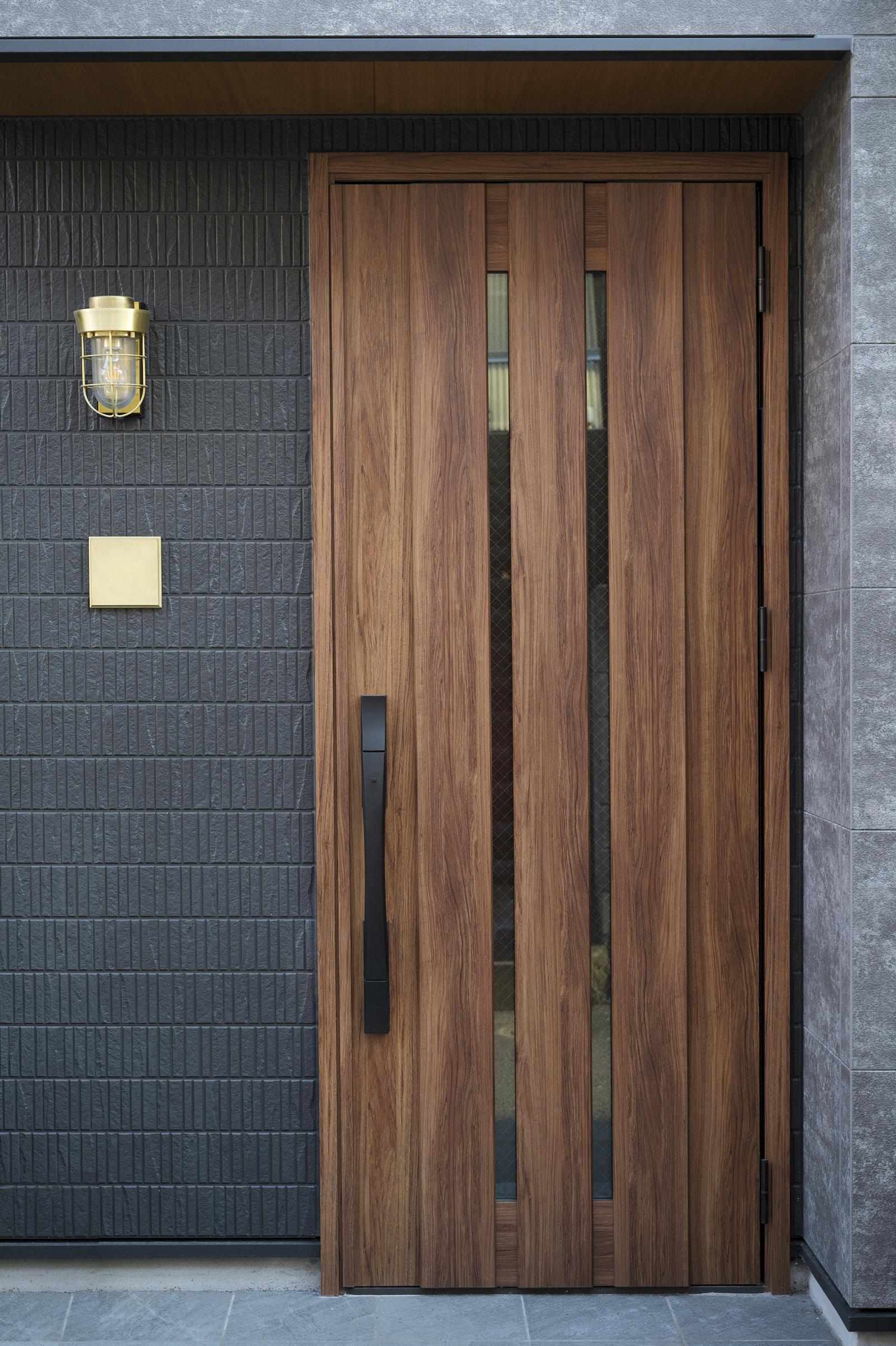
Have you ever wondered why modern luxury buildings often have sleek, clean lines with almost invisible structural elements? This is due to minimal systems, a design approach that emphasizes simplicity, functionality, and seamless integration of materials. Architects increasingly prefer minimal systems for high-end projects because they enhance aesthetics, improve structural performance, and create a sophisticated, open atmosphere. In this article, we explore why minimal systems are the top choice for architects working on premium projects.
Creates a Seamless Aesthetic
Minimal systems are designed to reduce visual clutter by using slim profiles, hidden frames, and large glass panels. This allows architects to create a seamless connection between indoor and outdoor spaces, enhancing the sense of openness. The sleek look of minimal systems aligns perfectly with modern architectural trends, making buildings appear more elegant and refined.
Maximizes Natural Light
One of the key benefits of minimal systems is their ability to allow more natural light into a space. With slim frames and large glass panels, these systems reduce the need for artificial lighting during the day. This not only improves energy efficiency but also enhances the overall ambiance, making interiors feel bright, airy, and spacious.
Enhances Structural Performance
Minimal systems are not just about aesthetics—they are also engineered for durability and stability. High-end projects often require advanced materials such as reinforced aluminum, steel, or structural glass. These materials provide excellent strength while maintaining a lightweight and elegant appearance. As a result, buildings using minimal systems are both visually appealing and structurally sound.
Supports Open-Concept Designs
Luxury architecture often emphasizes open spaces and fluid transitions between different areas. Minimal systems contribute to this by eliminating bulky walls and heavy structural elements. Whether used in sliding doors, partition walls, or window systems, minimal designs help create an uninterrupted flow between rooms, enhancing the sense of openness.
Increases Property Value
High-end clients and property investors seek premium design elements that offer both functionality and beauty. Minimal systems add a touch of modern sophistication that can significantly increase the value of a property. They provide long-lasting appeal, ensuring that buildings look timeless rather than outdated.
Improves Energy Efficiency
Sustainability is a growing priority in modern architecture. Minimal systems contribute to energy efficiency by incorporating high-performance glass, thermal insulation, and advanced sealing technology. This helps maintain indoor temperatures, reducing energy consumption for heating and cooling. Energy-efficient buildings are not only environmentally friendly but also cost-effective in the long run.
Provides Customization and Flexibility
Minimal systems offer a high degree of customization, allowing architects to tailor designs according to a project's specific needs. Whether it’s a luxury villa, a high-rise penthouse, or a modern office space, these systems can be adapted to fit various architectural styles. The flexibility in materials, finishes, and configurations ensures that each project maintains a unique and distinctive appearance.
Enhances Indoor-Outdoor Connection
For high-end properties, the connection between indoor and outdoor spaces is a crucial design element. Minimal systems, especially in doors and windows, help create a smooth transition between the interior and exterior. This is particularly beneficial for homes with panoramic views, as it allows for an uninterrupted visual experience.
Requires Less Maintenance
Minimal systems are designed with high-quality, durable materials that require minimal upkeep. Unlike traditional heavy structures that may deteriorate over time, modern minimal systems are resistant to corrosion, weather conditions, and wear. This reduces long-term maintenance costs, making them a practical choice for luxury projects.
Complements Smart Home Technology
Smart home integration is a standard feature in many high-end projects. Minimal systems seamlessly accommodate smart technology, such as automated sliding doors, motion-sensitive lighting, and climate control systems. This allows homeowners and businesses to enjoy a sophisticated, high-tech environment with a sleek and minimalist design.
Conclusion
Minimal systems have transformed high-end architecture by offering a perfect balance of aesthetics, functionality, and innovation. Architects prefer these systems because they enhance natural light, improve energy efficiency, and provide a seamless indoor-outdoor connection. With their ability to create open, luxurious spaces while maintaining strong structural integrity, minimal systems are set to remain a top choice for modern architectural projects. Whether for residential or commercial spaces, they offer a timeless appeal that aligns with the future of design.









Write a comment ...